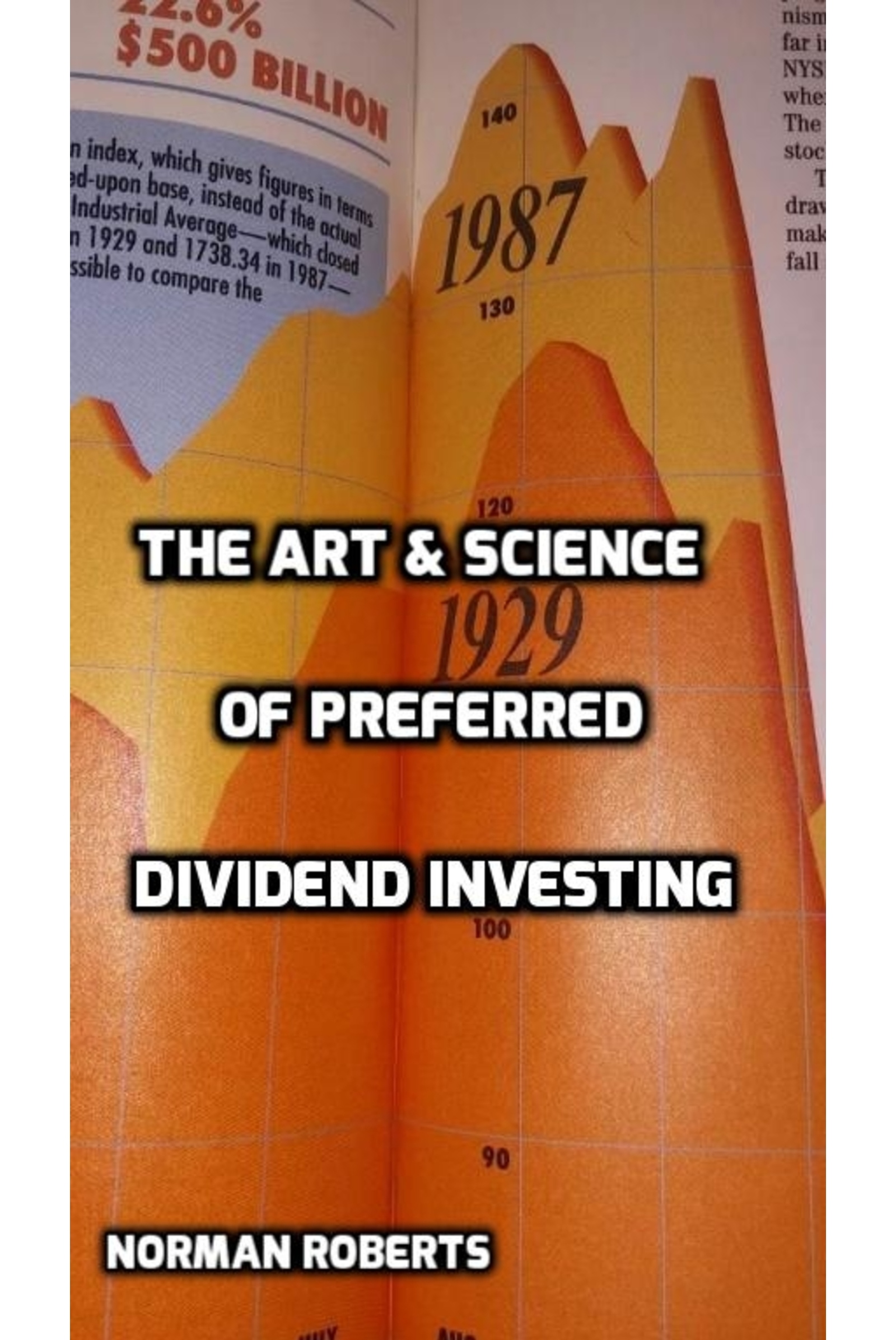My bestselling book The Art & Science Of Preferred Dividend Investing chronicles my success as a preferred dividend investor; however, it was written for an audience of primarily wealthy individuals seeking to protect their wealth while it earned them a respectable relatively risk-free return. This article concerns A Guide To X-Date Oriented Short-Term Trading Strategies specifically written for investors seeking to profit regularly and consistently utilizing short-term trading strategies I developed that are based on and around the all-important x-date.
Initially, I began by selecting a list of dividend-paying common stock that pay a quarterly dividend above 0.35 and offer a dividend yield of at least 8.5%. The list contains the following: ARI, BCSF, CAPL, KNOP, MMP, MPLX, NRP, OKE, PSXP, SHLX, STWD, SUN, TCP, USAC, WLKP, CQP, HEP, MO, NS.
Although there are a large number and variety of trading strategies, the strategies I have developed are based almost entirely on stock paying quarterly dividends and their all-important x-dates, although, on occasion, I do find semi-annual and annual dividend-paying stock useful for my purposes. However, those securities paying a monthly dividend are of no concern simply because the dividend amount is insufficient to more than minimally affect the stock's price in relation to its x-date.
Theory: To review: each quarterly dividend payment reflects the dividend earned during the previous quarter. Consequently, a dividend earned in April covers the company's distribution of monies earned during January, February, and March. Should those shares be sold prior to the x-date, the buyer will receive that dividend. If those shares are sold on or after the x-date, the seller retains the dividend. Consequently, shares sold prior to the x-date are more valuable because of the quarterly dividend that comes along with the shares. Likewise, because the buyer will not capture the previous quarter's dividend, he will bid less for those shares on the x-date. Obviously, it is no secret that a stock's price will trend higher prior to the x-date and fall on the x-date. Knowing this, I was determined to formulate a trading strategy designed to best take advantage of this information.
Dividend Capture Strategy Explained: As a novice investor, I immediately attempted the obvious. I could capture three months of interest simply by buying securities shortly before their x-dates. Then, I could turn around and sell them on or shortly after the x-date, or even hold them for a month or two before unloading them. The result was that occasionally it worked, but often, I was stuck with the stock, which might not have been terribly bad in a rising market. However, if the market fell, the chance of my suffering losses exceeding the dividend earned was significantly increased. Furthermore, when I purchased shares in anticipation of adding them to my portfolio as a long-term hold, I soon discovered it was usually better to buy them on the x-date or shortly thereafter. This was true because of the taxes I would have to pay on those captured dividends, which, in effect, reduced my profit margin. And, I discovered, to my chagrin, that on the x-date share price fell by at least the amount of the dividend and usually more simply as a result of its momentum. Furthermore, on occasion, that share price fell as much as double the dividend amount. For example: The share price at the close of trading on the day prior to the x-date was $10.00 and the dividend paid was fifty cents. Not only did the market price open the following morning at $9.50, but it often fell during the first trading hour, or so, sometimes to $9.00. This is not an unusual scenario. Consequently, for both the above reasons, I would have been much better off to have placed a low-ball offer for the shares at $9.00, hoping for a price drop of twice the dividend earned. Worst case scenario if the share price did not fall sufficiently to meet my bid, nothing ventured, nothing gained, and nothing was lost. Additionally, had I genuinely wanted to own the stock, I could have easily increased my bid to meet the ask at any time during that day or on subsequent days. Frankly, I determined that this strategy left a lot to be desired, which led me to my second trading strategy: what I call my double down strategy.
My guide details and explains, at length, several trading strategies, all ensuring varying degrees of profitability, some traded on an extremely short-term basis, others on a relatively short-term basis.
Some of you are familiar with me from my time as a prominent and highly regarded Seeking Alpha contributor and need little convincing that my word is my bond. For those of you who do not the following might help.
During the short time I was a Seeking Alpha contributor the following is how they rated me:

Some of the reviews of my best selling, The Art & Science of Preferred Dividend Investing."







Thanks for sharing.
Thanks for the info, Norman.
My pleasure, Bruce. If used properly, the d-play, my favorite strategy will earn profits between 70 - 90% of the time.
Wow!
It's actually going to Vegas and being able to count cards.